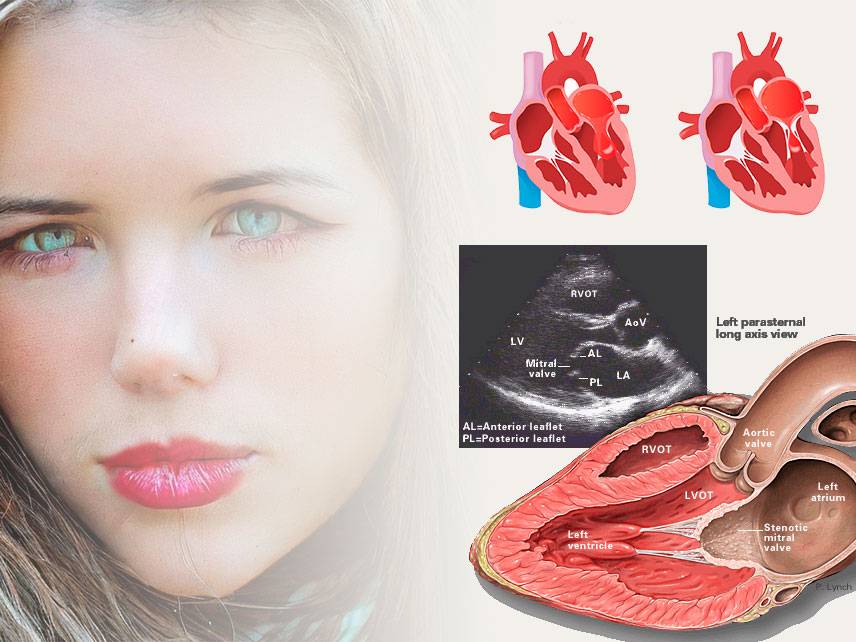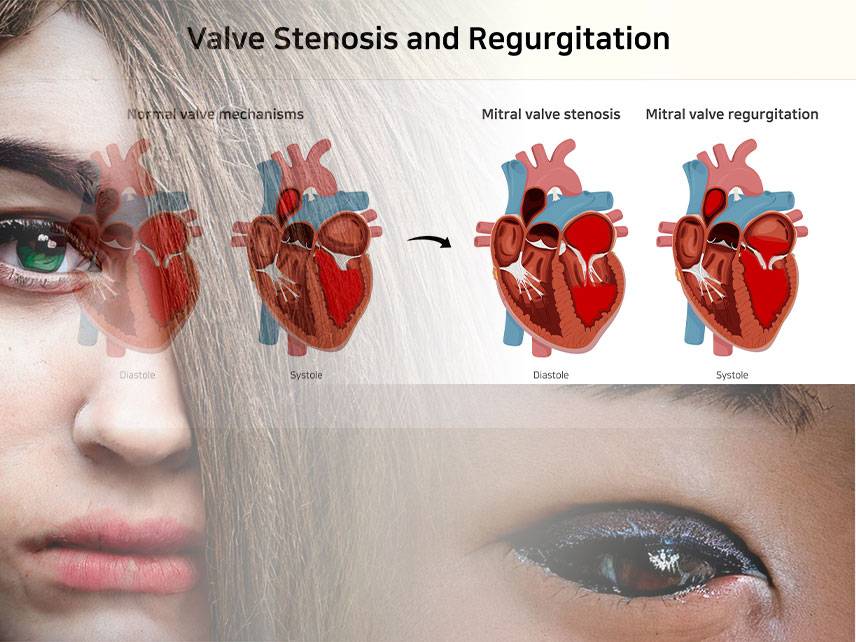
Estenosis mitral: síntomas, diagnóstico, tratamiento.
La estenosis mitral es una afección en la que la válvula mitral del corazón no se abre correctamente, lo que provoca una disminución del flujo sanguíneo de la aurícula izquierda al ventrículo izquierdo. Los síntomas incluyen dificultad para respirar, fatiga, palpitaciones e hinchazón de las piernas. El diagnóstico se realiza mediante exploración física, ecocardiografía y otras pruebas. El tratamiento consiste en medicamentos para reducir los síntomas y un procedimiento llamado valvuloplastia con balón, que es un procedimiento mínimamente invasivo que abre la válvula y aumenta el flujo sanguíneo. En algunos casos, puede ser necesaria una intervención quirúrgica para sustituir la válvula. Con el tratamiento adecuado, muchas personas con estenosis mitral pueden llevar una vida plena y activa.





